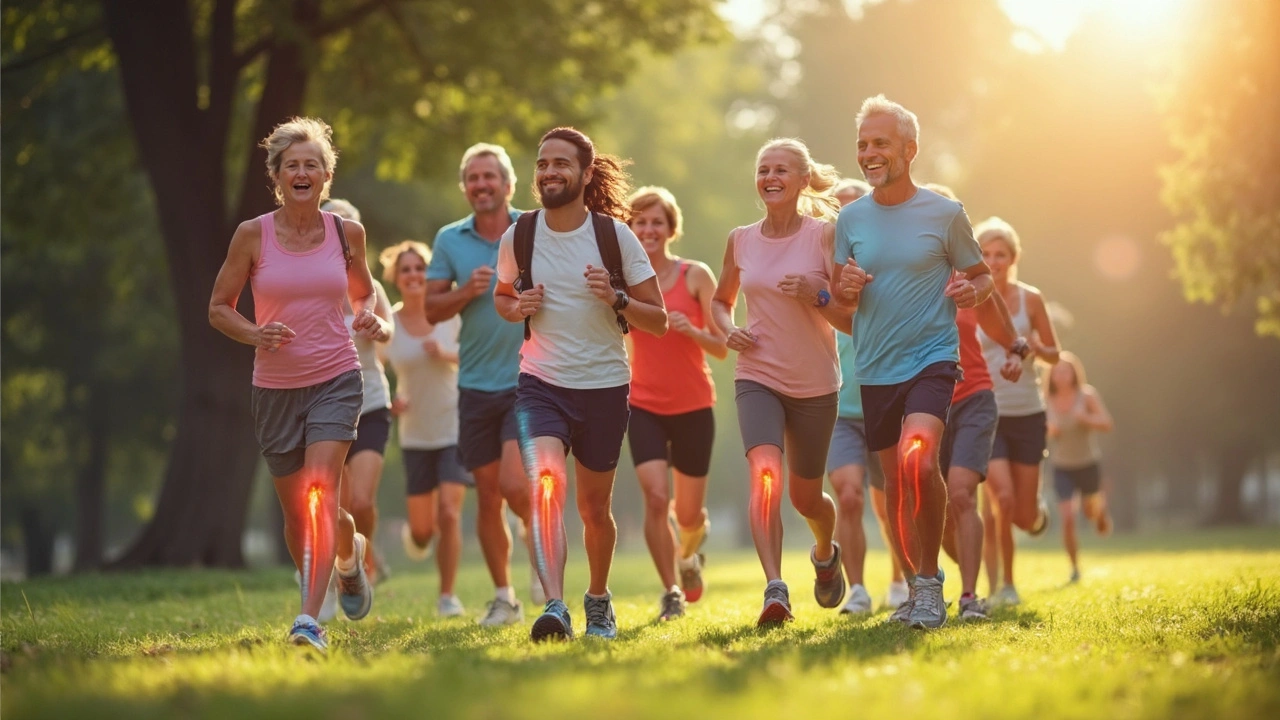Vein Health: Simple Ways to Keep Your Veins Strong
Veins are the highways that bring blood back to your heart. When they start to trouble you, you feel heaviness, swelling, or pain in your legs. The good news is that most vein issues can be slowed down or avoided with a few easy habits. Below you’ll find down‑to‑earth advice you can start using today.
Common Vein Problems You Should Know
Varicose veins are those bulging, blue‑purple cords you sometimes see on the back of the knees or calves. They happen when valves inside the vein get weak and blood pools. If you notice new lumps, itching, or aching after standing a long time, it’s a sign to look closer.
Deep vein thrombosis (DVT) is a clot that forms in the deeper veins of the thigh or calf. DVT can cause sudden swelling, warmth, and sharp pain. It’s serious because a clot can travel to the lungs. Risk factors include long flights, sitting for hours, and certain medications. If you have any of these risk factors and feel sudden leg pain, get checked out fast.
Other issues like chronic venous insufficiency cause persistent swelling and skin changes. The skin may become thin, discolored, or develop small ulcers. Early detection makes treatment easier.
Everyday Habits for Better Vein Health
1. Move regularly – Even a short walk every hour helps push blood out of the legs. If you work at a desk, stand up, stretch, or do calf raises for a minute.
2. Elevate your legs – When you’re home, prop your feet up on a pillow for 10‑15 minutes. This lets gravity assist the blood flow back to the heart.
3. Wear the right shoes – Low‑heeled, supportive shoes keep your calf muscles from getting too tight. Tight shoes can restrict blood flow.
4. Stay hydrated – Water keeps your blood thin enough to move smoothly. Aim for at least eight glasses a day, more if you’re active.
5. Mind your weight – Extra pounds put more pressure on leg veins. Even a small weight loss can reduce swelling and pain.
6. Compression stockings – If you have a family history of vein problems or already notice varicose veins, these stockings give gentle pressure that helps the valves work better. Choose a size that’s snug but not uncomfortable.
7. Watch your diet – Foods rich in flavonoids—like berries, citrus, and leafy greens—support vein walls. Cut back on salty snacks that can cause fluid retention.
8. Avoid long periods of immobility – On road trips or flights, flex your calves every 30 minutes. Simple ankle circles or marching in place keep blood moving.
If you already have vein issues, talk to a doctor about safe treatment options. Options range from lifestyle tweaks to minimally invasive procedures that close faulty veins. The key is catching problems early, so you can choose the least aggressive method.Keeping your veins healthy isn’t about complex medical jargon—it’s about moving, staying hydrated, and paying attention to the signals your body sends. Try one new habit this week and notice the difference. Your legs will thank you.
Diosmin Supplement Benefits: How This Flavonoid Can Improve Vein Health and More
- 19.06.2025
- Posted in Supplements
- 7 Comments

Discover how diosmin supplement helps leg veins, fights swelling, and supports healthy blood flow. Get practical tips, usage info, and science-backed facts.

